Levi Strauss & Co. shares experienced a sharp 7.7% decline in premarket trading on Friday, October 10, 2025, as the iconic denim maker’s annual profit forecast fell short of investor expectations. The disappointing outlook comes despite robust consumer demand for wide-leg denim styles across Europe and the Americas, with tariff-related costs emerging as the primary culprit behind margin compression and investor concerns.
Why Levi Strauss Stock Is Falling: The Tariff Impact
130-Basis-Point Margin Hit Expected in Q4
The San Francisco-based apparel giant warned investors about a significant 130-basis-point impact on its fourth-quarter gross margins, directly attributable to President Donald Trump’s evolving tariff policies. This margin compression represents a substantial challenge for the company’s profitability despite strong product demand.
Levi Strauss sources the majority of its products from South Asian countries including Bangladesh, Cambodia, and Pakistan—regions facing elevated tariffs under current trade policies. This geographic concentration of manufacturing has left the company particularly vulnerable to tariff fluctuations, creating ongoing uncertainty for financial planning and pricing strategies.
The Numbers Behind Levi’s 2025 Forecast
Earnings Per Share Projections Miss Expectations
Levi Strauss raised its annual adjusted earnings-per-share forecast to a range of $1.27-$1.32, up from the previous guidance of $1.25-$1.30 per share. While this represents an increase, the mid-point of $1.295 falls below analyst estimates of $1.31 per share, according to LSEG data.
The forecast assumes that U.S. tariffs will remain at 30% for Chinese imports and 20% for products from other countries through year-end. These assumptions create a challenging operating environment that pressures both margins and pricing strategies.
Conservative Q4 Guidance Despite Stable Trends
Analysts at Barclays characterized the fourth-quarter guidance as “conservative,” noting that the company hasn’t observed any significant changes in consumer trends during September. Additionally, Levi Strauss has not encountered pushback on price increases at either consumer or retail levels, suggesting underlying demand strength.
Strategic Response to Tariff Challenges
Holiday Inventory Secured Early
Company executives revealed during the post-earnings call that Levi Strauss secured approximately 70% of its holiday inventory early to mitigate potential supply chain disruptions and tariff impacts. This proactive approach demonstrates the company’s strategic planning in navigating uncertain trade conditions.
The denim maker has also implemented slight price increases to offset tariff costs while preparing for the critical holiday quarter. This dual strategy of early procurement and selective pricing aims to protect margins without dampening consumer demand.
Gen Z Drives Wide-Leg Denim Resurgence
Despite tariff headwinds, Levi Strauss successfully capitalized on the resurgence of baggy, loose-fit apparel among Generation Z consumers. The wide-leg denim trend has driven strong sales performance in key markets, particularly in Europe and the Americas, offsetting some tariff-related pressure.
Image Alt Text: Levi Strauss Gen Z wide-leg denim baggy jeans loose-fit apparel trend fashion demand
Broader Retail Sector Tariff Impact
Industry-Wide Margin Pressure
Levi Strauss isn’t alone in facing tariff-related challenges. Trump’s trade policies have similarly pressured margins at numerous other retail companies, including:
- Ralph Lauren – Facing elevated costs from tariff exposure
- Abercrombie & Fitch – Managing supply chain and pricing adjustments
- Tapestry (Coach handbag owner) – Navigating luxury goods tariff impacts
This industry-wide pressure demonstrates how trade policy creates systemic challenges for U.S. retailers dependent on international manufacturing.
Valuation Comparison Raises Questions
Levi’s forward price-to-earnings multiple stands at 16.94, significantly higher than competitors Abercrombie & Fitch at 7.48 and American Eagle Outfitters at 11.38, according to LSEG data. This valuation premium may explain why investors reacted negatively to the modest forecast miss, as higher multiples demand stronger growth trajectories.
What This Means for Investors
Short-Term Volatility Expected
The 7.7% premarket decline reflects investor concerns about margin compression and the sustainability of current valuation levels. However, the company’s conservative guidance and strong underlying demand suggest potential for stabilization once tariff uncertainty diminishes.
Investors should monitor several key factors:
- Tariff policy changes and their timeline
- Pricing power sustainability without demand destruction
- Margin recovery trajectory in 2026
- Consumer trend durability for wide-leg styles
Long-Term Fundamentals Remain Solid
Despite near-term challenges, Levi Strauss maintains several competitive advantages:
- Strong brand recognition and customer loyalty
- Successful trend identification and product development
- Effective early inventory management
- Resilient demand across key demographics
The company’s ability to raise prices without significant consumer pushback demonstrates pricing power that could support margin recovery once tariff headwinds subside.
Expert Analysis and Market Reaction
Barclays’ Conservative Guidance Assessment
The characterization of Levi’s Q4 guidance as “conservative” by Barclays analysts suggests potential upside if conditions remain stable. The absence of negative trend changes in September and successful price increases support this interpretation.
Supply Chain Diversification Imperative
The current tariff challenges underscore the importance of supply chain diversification for apparel manufacturers. Companies with concentrated manufacturing exposure to high-tariff regions face ongoing vulnerability to policy shifts.
Image Alt Text: Levi Strauss supply chain management manufacturing diversification tariff risk mitigation strategy
Comparing Tariff Impact Across Retailers
The differential impact of tariffs across retail segments reveals important strategic considerations. While Levi Strauss faces substantial pressure due to its South Asian manufacturing concentration, companies with more diversified supply chains or domestic production capabilities may weather tariff storms more effectively.
Retailers are pursuing various strategies:
- Geographic diversification of manufacturing bases
- Selective price increases in less price-sensitive categories
- Accelerated inventory procurement to lock in favorable costs
- Enhanced efficiency initiatives to offset margin pressure
Future Outlook for Levi Strauss
Navigating Uncertainty in 2026
Looking beyond the immediate challenges, Levi Strauss faces key questions about its ability to maintain growth while managing tariff impacts. The company’s success in capturing Gen Z consumers and demonstrating pricing power provides optimism, but sustained margin pressure could limit upside potential.
The eventual resolution of tariff policies—whether through trade negotiations, policy changes, or supply chain adjustments—will significantly influence the company’s trajectory. Until then, investors should expect continued volatility in response to trade policy developments and quarterly results.
Image Alt Text: Levi Strauss 2026 outlook future forecast trade policy impact denim industry retail sector analysis
Key Takeaways for Stakeholders
- Tariff costs create significant near-term margin pressure
- Strong demand for wide-leg denim provides revenue support
- Conservative guidance may offer upside potential
- Strategic inventory management helps mitigate supply chain risks
- Valuation premium demands strong execution to justify multiple
For comprehensive business and finance news coverage, visit reputable sources like Reuters and CNBC for the latest market updates and analysis.
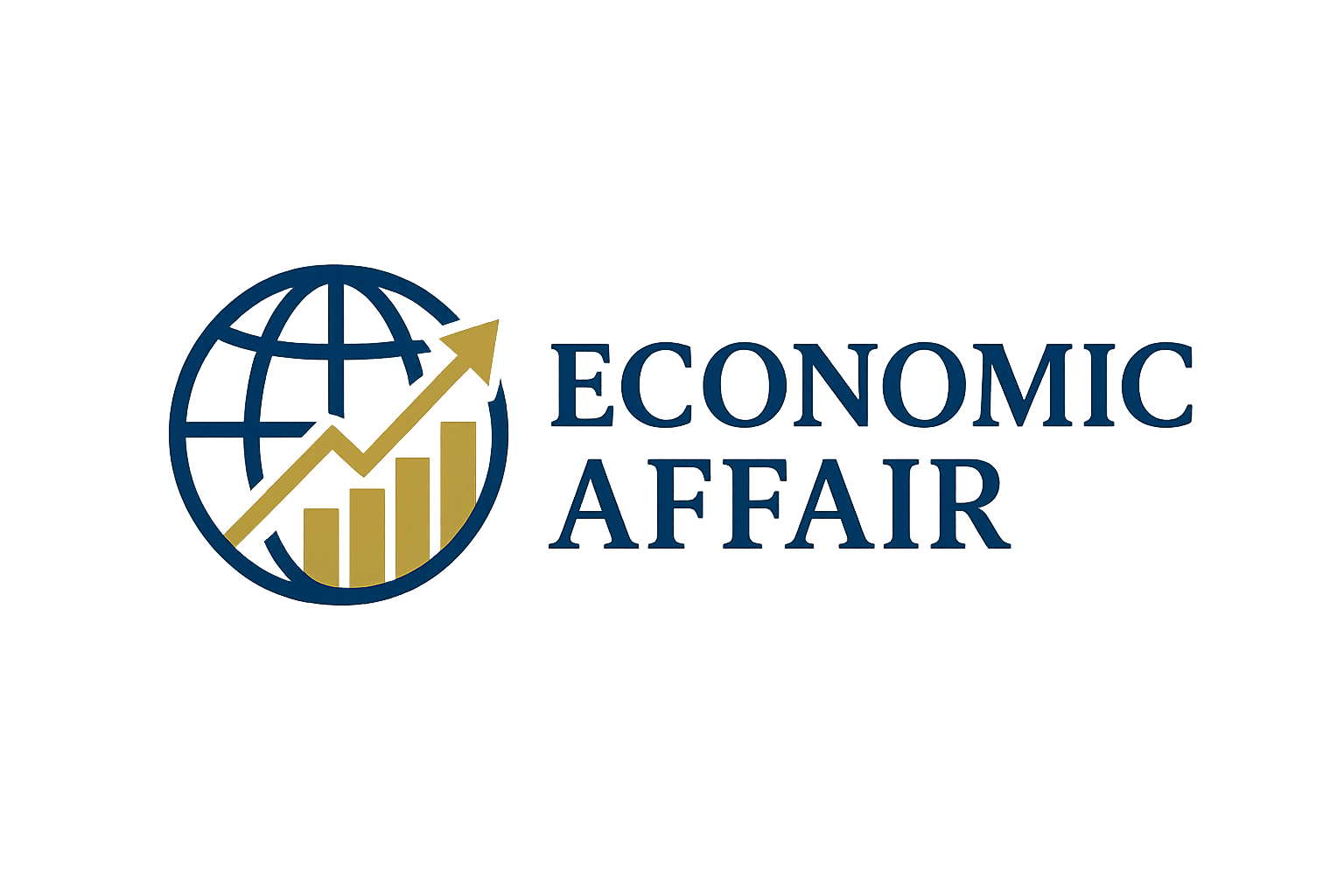





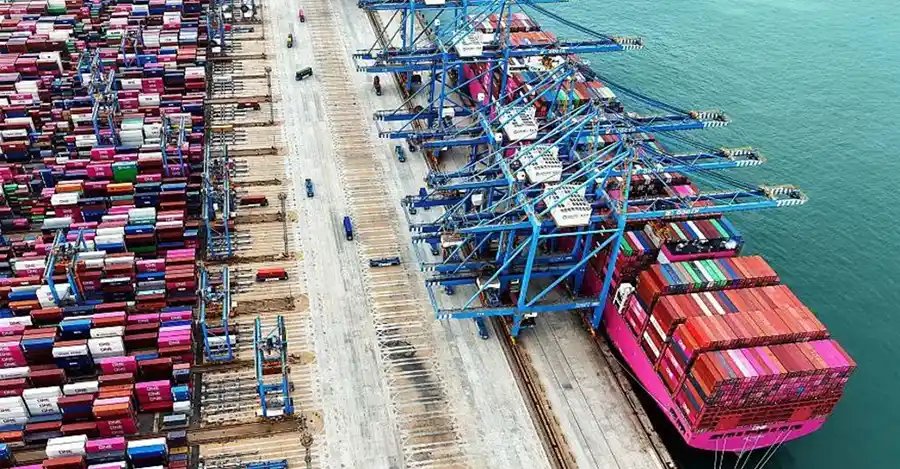


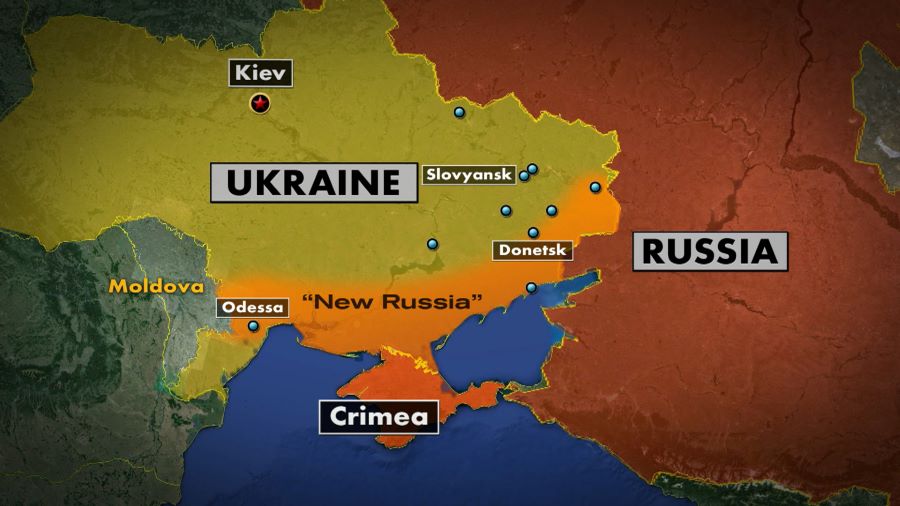


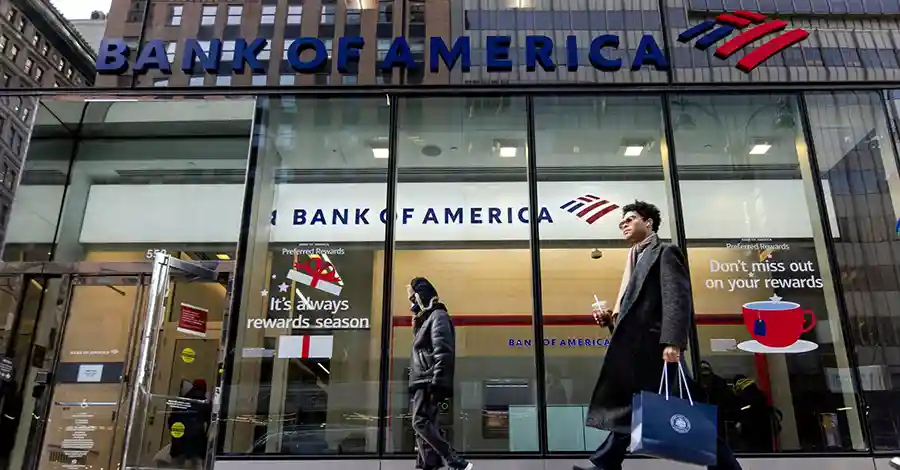

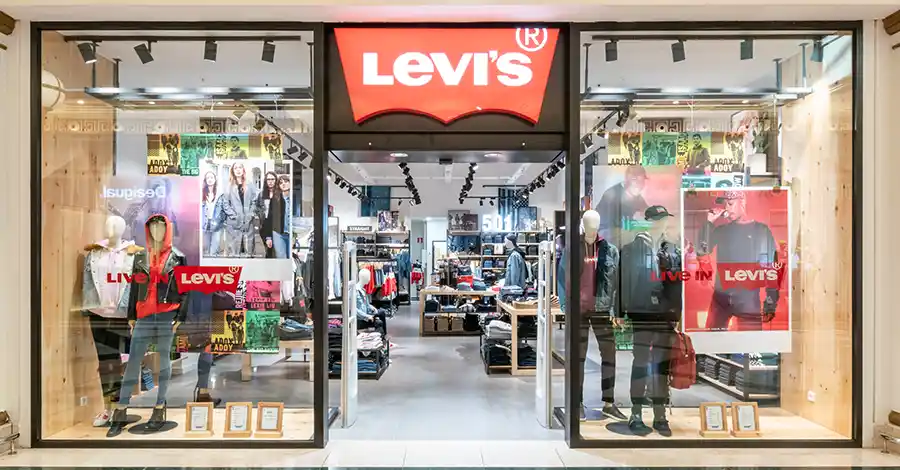




Comments